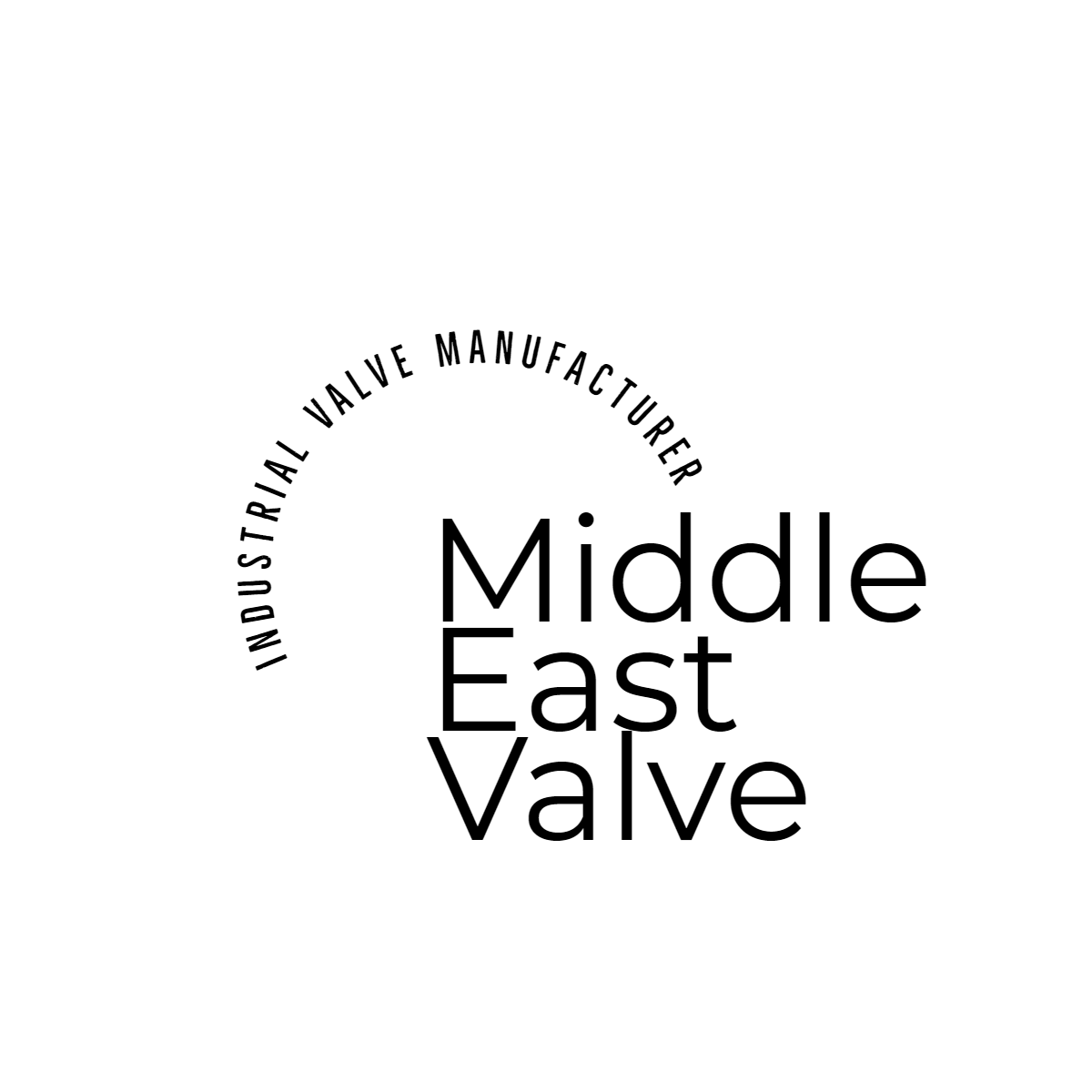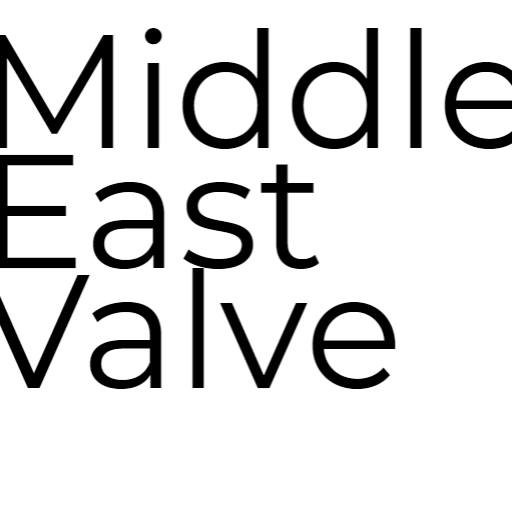Butterfly valves belong to the category of quarter-turn rotational motion valves employed in pipelines for flow control shutdown. They are commonly utilized not only for shutting off the flow but also for regulating it. In this article, we’ll explore the distinctions between these two types of butterfly valves. This guide aims to assist you in selecting the most appropriate industrial valve for your specific application.
What is a double offset butterfly valve?
The double eccentric offset butterfly valve, alternatively referred to as the high-performance butterfly valve, is specifically designed for applications involving thicker media and high-pressure conditions. This nomenclature stems from its unique design, which minimizes contact between the disc and seat.
In the realm of double offset butterfly valves, recognized as high-performance variants, two distinct offsets from the valve body’s center are notable:
- The shaft axis is offset from the centerline of the disc’s seat and the body seal.
- The shaft axis is eccentric in relation to the center line of the pipeline or the valve itself.
Operational dynamics involve a cam action facilitated by the disc’s position in the double offset butterfly valve. During valve movement, the seat undergoes lifting from the seal, inducing friction specifically during the initial and final 10° of both opening and closing operations. This unique design makes the valve particularly well-suited for applications involving thicker media and high-pressure environments.
What is triple offset butterfly valve?
Triple offset butterfly valves seem like the superheroes of the valve world, with their ability to minimize wear and tear. It’s fascinating how the third offset comes into play, creating that inclined conical profile for smooth engagement and disengagement. The torque-seated feature also adds a layer of reliability. Being lightweight and easy to operate is a bonus, especially in critical applications where precision matters. And that zero leakage with metal-to-metal contact is like the cherry on top—impressive engineering to ensure reliability. It seems like the triple offset design takes the already sleek butterfly valve and turns it into a high-performance workhorse.
Difference between Double Offset and Triple Offset
Advantages of Double Offset Butterfly Valve:
Bubble-Tight Sealing: Excellent sealing capability due to line pressure acting against the disc.
Easy Opening: Two offsets allow for easy opening while retaining strong sealing power.
Versatility: Suitable for various applications including water, oil, gas, HVAC, wastewater treatment, and shipbuilding.
Advantages of Triple Offset Butterfly Valve:
Corrosive Resistance: Efficient in handling corrosive media due to high-grade metal seats.
Reduced Torque: Angled disc alignment minimizes sticking and lowers operating torque.
Seat Options: Can have double seat types, with elastomeric or graphite material covering a stainless-steel seat.
Working Method of Double Offset Butterfly Valve:
Eccentric Movement: The disc moves away from the centerline as it opens.
Sealing Mechanism: Relies online pressure against the disc for an effective bubble-tight seal.
Working Method of Triple Offset Butterfly Valve:
Eccentric Movement: Three offsets with disc movement somewhat like a cone, moving upwards to downwards.
Sealing Mechanism: The angled position of the disc in relation to seats minimizes seat damage and ensures a tight seal.
Material of Double Offset Butterfly Valve:
Seat Materials: Plastic, elastomeric materials like PTFE, or metal seats for high-temperature applications.
Pressure Ratings: Can reach up to ANSI Class 600.
Materials Used: Carbon steel, stainless steel, or Hastelloy with elastomeric materials.
Material of Triple Offset Butterfly Valve:
Seat Materials: Metal seats made from high-grade materials such as stainless steel or duplex steel.
Pressure Ratings: Suitable for high-pressure and high-temperature applications.
Seat Replacement: Seats are often field replaceable, suitable for non-abrasive or high-temperature media.
Applications of Double Offset Butterfly Valve:
Common Applications: Large underground water systems, oil and gas, HVAC, wastewater treatment, and shipbuilding.
Sealing Requirement: Ideal for applications where a high degree of tight sealing is crucial.
Applications Triple Offset Butterfly Valve:
Challenging Environments: Suitable for abrasive materials, high pressure, high-temperature, and fugitive emission-prone applications.
Industries: Used in oil and gas processing, refining, chemical and petrochemical applications, power generation, offshore applications, and pulp and paper industries.
Choosing Between the Two:
Double Offset: Optimal for applications where bubble-tight sealing is the primary concern, such as water systems, and general industrial use.
Triple Offset: Ideal for highly corrosive, abrasive, or high-pressure and temperature applications, such as those in the oil and gas industry, refining, and chemical processing.
Conclusion
The choice between double offset and triple offset butterfly valves is crucial for optimizing performance in specific applications. Understanding their distinct advantages and working mechanisms is essential in selecting the valve that best suits the requirements of a given system.

